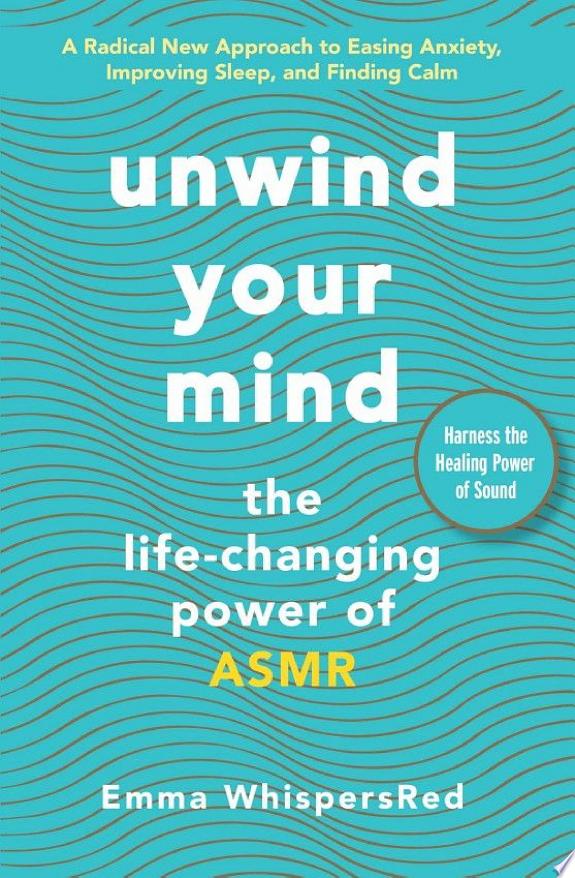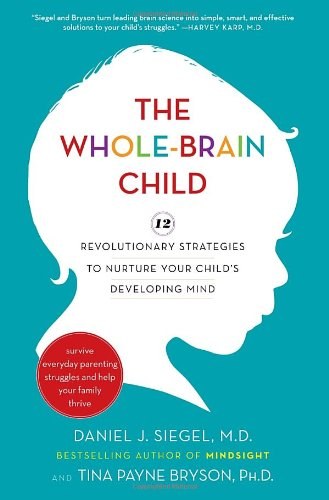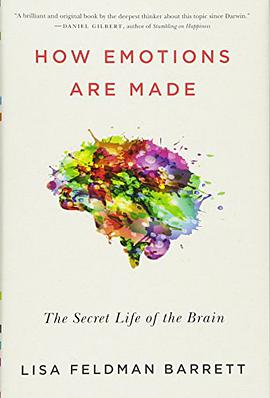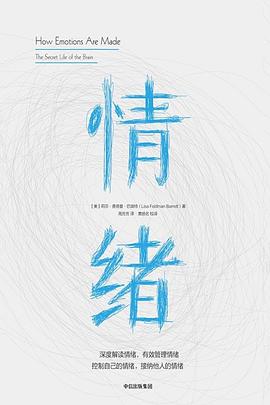Unwind Your Mind 谷歌图书
作者:
Emma WhispersRed
HarperCollins
2019
- 11
Ease Anxiety, Improve Sleep, and Find Calm Through ASMR Join the millions experiencing the soothing power of ASMR (Autonomous Sensory Meridian Response), a radical new wellness trend for relaxation and stress-relief with proven benefits similar to meditation. In Unwind Your Mind, beloved ASMRtist Emma WhispersRed explores how this powerful practice can help us find calm and be present anytime and anywhere.Unwind Your Mind blends exercises to help you experience calm through ASMR every day. In her trademark therapeutic, soothing style, Emma WhispersRed helps us incorporate ASMR into our daily lives, revolutionizing our approach to self-care, mindfulness, and healing. Complete with a foreword from the psychologist who led one of the largest studies on ASMR, this essential guide to ASMR offers both the latest research on this growing phenomenon and the practical tools for fighting anxiety and finding calm in our lives.Unwind Your Mind is supplemented by three companion audio originals—the first of their kind widely available—ASMR for Your Commute, ASMR for Your Lunch Break, and ASMR for Bedtime.



